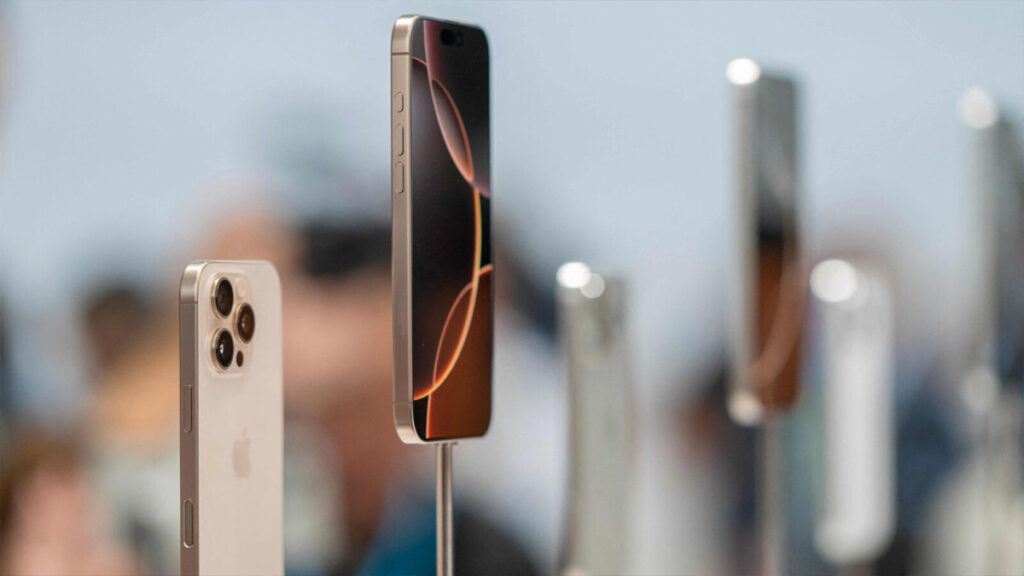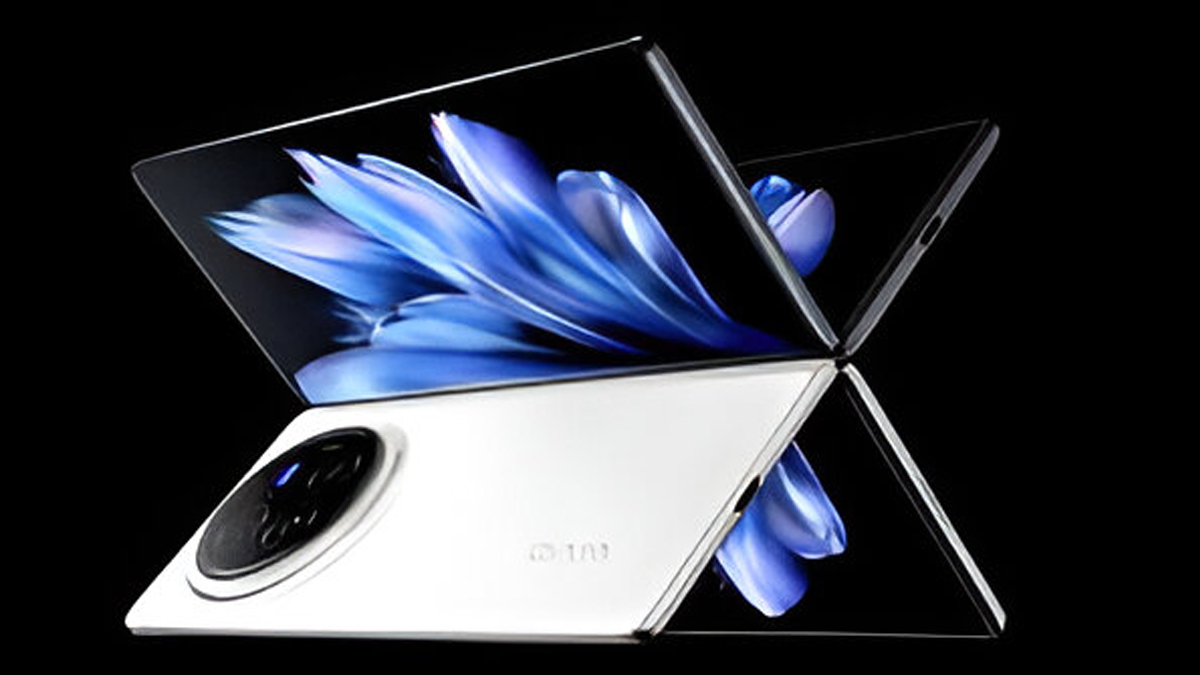Now Reading: Google Pixel 10 Series Rumored to Revolutionize Smartphone Videography with Gimbal-Like Stabilization
-
01
Google Pixel 10 Series Rumored to Revolutionize Smartphone Videography with Gimbal-Like Stabilization
Google Pixel 10 Series Rumored to Revolutionize Smartphone Videography with Gimbal-Like Stabilization
Exciting news is emerging from the tech world, suggesting that Google’s upcoming Pixel 10 series is poised to introduce a groundbreaking camera upgrade: “gimbal-like stabilization.” This development, if true, could significantly elevate the video recording capabilities of Pixel phones, bringing a level of smoothness and stability typically associated with professional external gimbals.
For years, smartphone manufacturers have been striving to improve video quality, and stabilization has been a key battleground. While Optical Image Stabilization (OIS) and Electronic Image Stabilization (EIS) have made significant strides, often working in tandem to reduce shakiness, a true “gimbal-like” experience has remained somewhat elusive for most integrated smartphone camera systems.
A traditional gimbal is a motorized device that physically stabilizes a camera along multiple axes (pan, tilt, and roll) using sensors and motors to counteract unwanted movements. This results in incredibly smooth, cinematic footage, even when the person holding the camera is in motion. The rumor surrounding the Pixel 10 series indicates that Google is aiming to achieve a similar level of stability without the need for external hardware, essentially building the gimbal’s effectiveness directly into the phone’s camera system.
Reports suggest that this enhanced stabilization will be a standout feature across the entire Pixel 10 lineup, including the standard Pixel 10, Pixel 10 Pro, Pixel 10 Pro XL, and even the rumored Pixel 10 Pro Fold. This comprehensive implementation implies a deep integration of the technology, likely leveraging a combination of advanced OIS mechanisms, sophisticated EIS algorithms, and the processing power of Google’s next-generation Tensor chipset. Some sources even compare the anticipated performance to using a Pixel 10 with a dedicated mobile gimbal like the DJI Osmo Mobile 6, highlighting the potential for a truly transformative user experience.
The implications for mobile videographers are considerable. Imagine capturing professional-looking, fluid video shots while walking, running, or navigating challenging environments, all without the bulk or setup time of a separate gimbal. This could empower content creators, vloggers, and everyday users to produce significantly higher quality videos with greater ease and spontaneity.
While specific technical details about how Google will achieve this “gimbal-like” effect remain under wraps, it’s expected to involve a highly refined interplay between hardware and software. Google has a strong track record of leveraging computational photography and AI to enhance camera performance, and it’s highly probable that this new stabilization will heavily rely on intelligent algorithms to predict and compensate for movement in real-time.
This rumored advancement could also help the Pixel series further close the gap with competitors, particularly in the video department, where iPhones have often been considered a benchmark. With features like Video Boost already enhancing video quality, the addition of superior stabilization could make the Pixel 10 series a formidable contender for the title of best smartphone for videography.
As the rumored August launch window for the Pixel 10 series approaches, anticipation is building. If Google can deliver on the promise of true gimbal-like stabilization, it could mark a significant leap forward for smartphone camera technology, offering users an unparalleled level of video creativity and quality.










